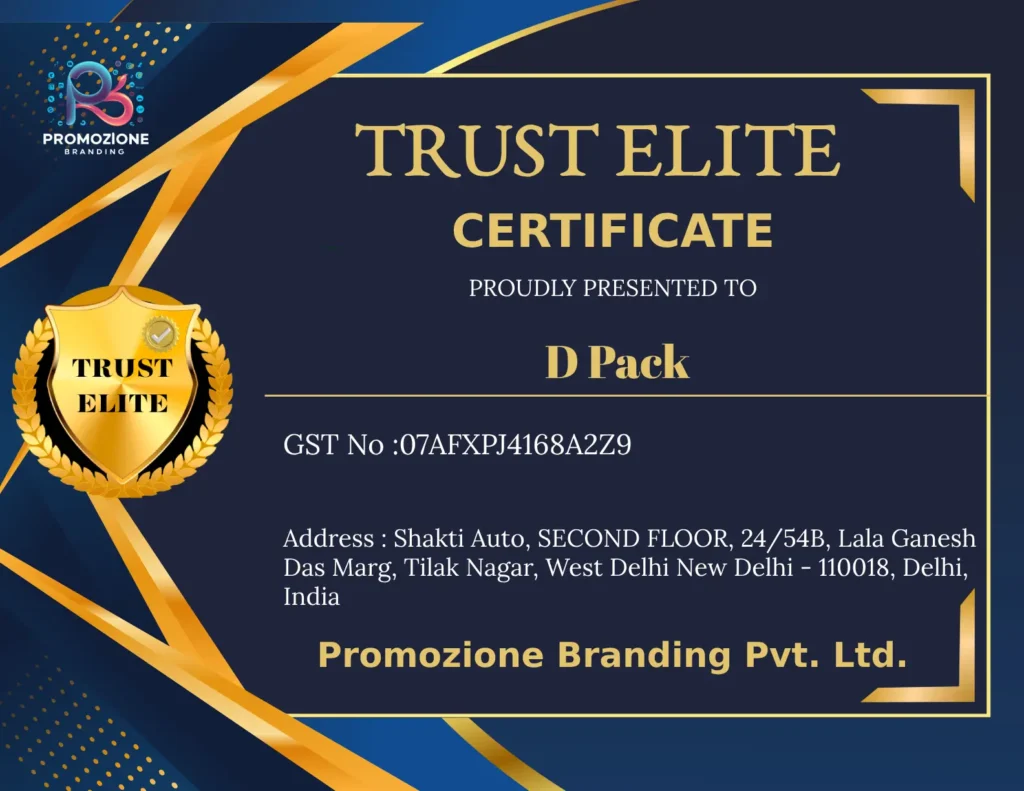
Inflatable Bag: 5 Powerful Reasons Why It’s the Ultimate Heavy-Duty Packaging Solution for Coastal Cities in India
Particularly in coastal areas like Kerala, Tamil Nadu, Andhra Pradesh, Odisha, and West Bengal, inflatable bags have become a dependable option for protective packaging. This adaptable packing technique addresses issues encountered during transportation over various terrains and humid climates while providing numerous advantages for everything from heavy-duty shipments to fragile goods. Take a deeper look at the ways that employing inflated bags might improve your packaging procedure.
1. Superior Heavy Duty Packaging Solutions
Particularly designed to offer strong protection for a variety of goods are inflatable bags. Inflatable bags are particularly useful in coastal regions where humidity and heavy precipitation may erode traditional packaging materials. By creating a cushioning effect around objects, these bags reduce the chance of damage while in transit. These bags are a cost-effective long-term investment because of the lower rate of product damage and returns, even if some users may be initially hesitant due to the perceived greater upfront prices compared to traditional solutions.
2. Enhanced Protective Packaging for Transport
Due to difficult roads, unpredictable weather, and high moisture content, long-distance freight transportation in coastal areas frequently presents logistical challenges. By acting as shock absorbers, inflatable bags keep items from moving or breaking. They minimize movement during transit by molding around things to create a secure fit. To get the best protection, these bags must be handled carefully when being inflated, according to some users. Notwithstanding this small issue, their protective advantages greatly exceed any possible drawbacks, making them a crucial option for dependable transportation.
3. Sustainable Packaging Materials for a Greener Future
In a time when customers and producers alike are increasingly concerned about sustainability, inflatable bags help create more environmentally friendly packaging options. These recyclable bags reduce their negative effects on the environment and provide a sustainable substitute for single-use plastics. In areas like Tamil Nadu and Kerala, which are renowned for their natural ecosystems, it is especially important to concentrate on cutting waste while preserving packaging integrity. But other people are still worried about how their output will affect the environment. Manufacturers can improve their environmental credentials by making sure that recycling procedures are followed correctly.
4. Custom Industrial Packaging Tailored to Client Needs
To meet the varied needs of suppliers and manufacturers in coastal cities, inflatable bags can be made to fit a variety of forms and sizes. These bags can be customized to provide the highest level of security for anything from larger industrial equipment to delicate electronics. Lead times and expenses may increase with customization, but the accuracy and security that result outweigh this small drawback. Inflatable bags, a dependable custom industrial packaging option, offer unparalleled flexibility and adaptability, enabling companies to convey products to customers and clients in a secure manner.
5. Cost-Effective Solution with Maximum Returns
Inflatable bags offer a significant return on investment over time, despite their apparent higher initial cost when compared to more conventional choices. These bags’ resilience and protective qualities lower product loss, damage claims, and customer discontent. Because of this financial advantage and their capacity to reduce waste, inflatable bags are a wise investment for businesses trying to maximize efficiency and increase revenue. Businesses must, however, assess whether this option is within their means by balancing the initial investment against the potential long-term savings.
Conclusion
Inflatable bags are more than simply another kind of packaging; they are a creative way to satisfy the particular needs of India’s coastal cities. Transporting goods in difficult situations is made easier with their exceptional heavy-duty protection, sustainable materials, and customizable features. Although there are a few possible drawbacks, like upfront expenses and inflation control, the overall advantages make inflatable bags the best option for packing requirements.
As you assess your packaging tactics, think about how inflatable bags might improve consumer pleasure, streamline your operations, and encourage environmentally beneficial behavior—all of which can ultimately spur growth in a cutthroat industry.
FAQ
1. What are inflatable bags used for?
Inflatable bags are used as a protective packaging solution to safeguard goods during transportation. They create cushioning around items, reducing the risk of damage due to impact, vibration, and shifting. These bags are widely used in industries such as electronics, fragile goods, and heavy-duty industrial equipment.
2. Are inflatable bags suitable for coastal cities?
Yes, inflatable bags are highly suitable for coastal cities. The unique climate and transportation challenges in places like Kerala, Tamil Nadu, Andhra Pradesh, Odisha, and West Bengal make these bags ideal for protecting products from humidity, moisture, and rough transit conditions.
3. What makes inflatable bags a sustainable packaging option?
Inflatable bags are often made from recyclable materials, making them more environmentally friendly than traditional single-use plastic packaging. They help reduce waste and contribute to eco-friendly packaging initiatives, aligning with the global push for sustainability.
4. Can inflatable bags be customized?
Yes, inflatable bags can be customized to fit various shapes, sizes, and product requirements. This ensures optimal protection for different types of goods, enhancing their effectiveness as a custom industrial packaging solution.
5. Are inflatable bags cost-effective?
While the initial cost of inflatable bags may be higher than some traditional packaging materials, their durability and ability to reduce product damage and returns often lead to long-term cost savings, making them a cost-effective choice.


